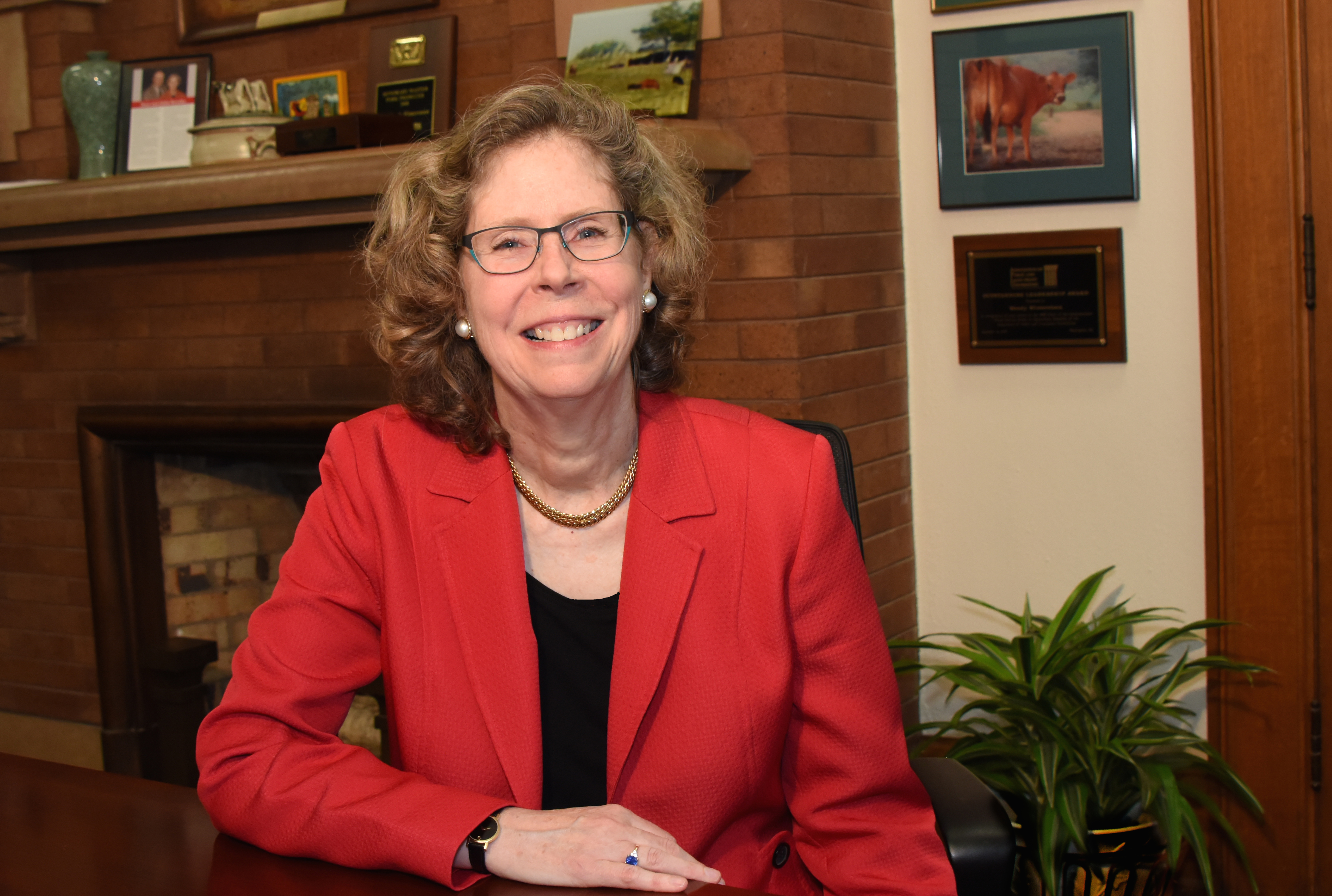
From the Dean – Fall 2016
Speaking with students in our award-winning Agricultural Entrepreneurship Initiative immediately brings to mind the powerful growth potential in their creativity.
Recently the American Farm Bureau Rural Entrepreneurship Challenge selected two businesses created by student innovators as semi- finalists for its 2017 competition. (Our students have won the national challenge two years in a row, in 2015 and 2016. Read more on page 28). Our two semi-finalists are Inland Sea, a business to produce and market salmon, and Performance Livestock Analytics, a data-driven, real-time farm management and analytics system for precision livestock operations.
Our faculty and staff are equally creative in their use of science and technology to develop potential applications. Each year they bring in tens of millions of dollars annually through grants and contracts from the public and private sectors. They are a key reason we are one of the top 10 universities in the world for agriculture.
When I think of the fascinating science occurring in the College of Agriculture and Life Sciences, I know we have tremendous capability to help grow the agricultural economy and assist rural communities.
One such example is Pat Schnable in agronomy. He is conducting time- lapse imaging of hundreds of different corn varieties every 15 minutes over their lifetime, allowing a better understanding of how plants respond to increased population density (read more on page 26). The research uses an automated imaging system with cameras controlled by microcomputers. The whole setup is powered by an array of solar panels manufactured by PowerFilm, an Iowa company.
I want to make you aware of just few other projects in addition to those featured in this issue.
Stephanie Hansen in animal science is finding that the addition of trace minerals, like zinc, to cattle diets may help to optimize growth responses and increase producers’ return on investment when using growth- promoting technologies.
Joe Colletti, our senior associate dean, is leading efforts to build a Midwestern research community on Big Data, or digital agriculture. Iowa State is one of the regional leaders and recently hosted a meeting of more than 100 scientists from 11 states. Iowa State researchers are leading the way by partnering with producers, commodity groups, industry, government and foundations to advance data-driven discovery for agricultural innovation.
Gwyn Beatie in plant pathology and microbiology is studying how the microbiome, the invisible communities of microbes around plant roots, influences water use efficiency, an important advance for crop production.
Steve Whitham in plant pathology and microbiology has uncovered new evidence of how the soybean rust fungus switches off the soybean plant’s immune system. It’s a step toward finding a way to disrupt that interaction and help the plant defend itself.
Matt O’Neal and Matt Kaiser in entomology and USDA colleagues are studying the use of a stingless wasp to control soybean aphids in farmer fields. It’s innovative research like these projects and many others that will inform our future and bring growth and opportunity to Iowa and the world.



